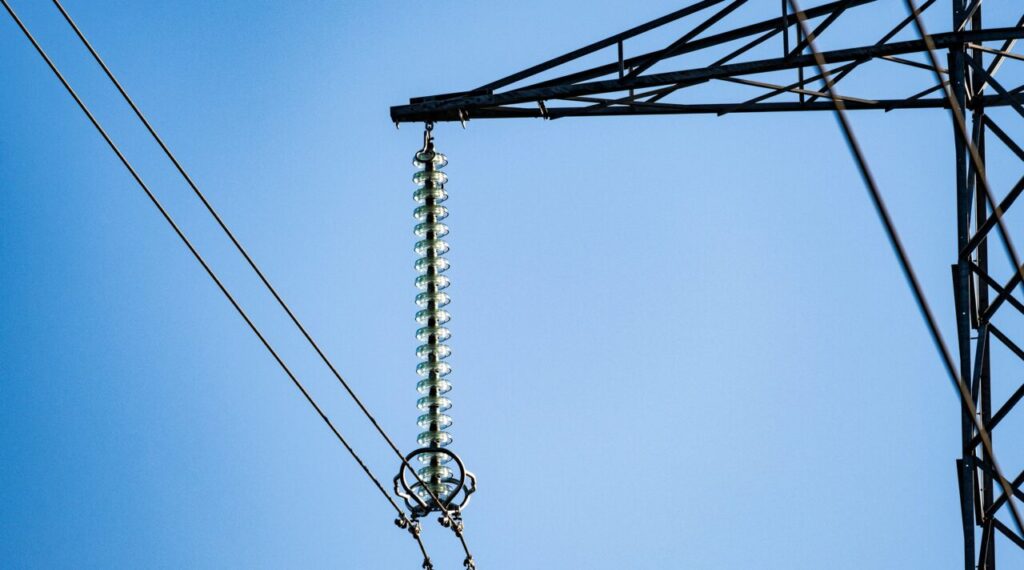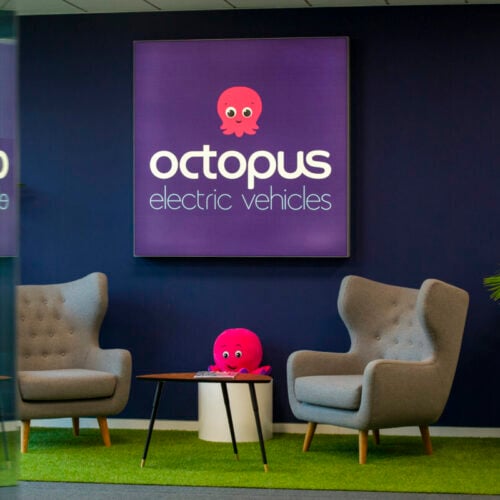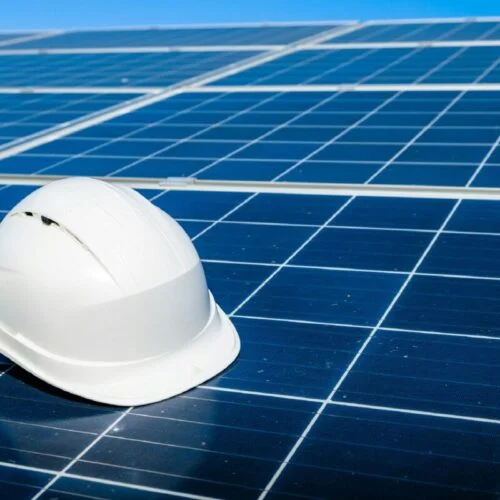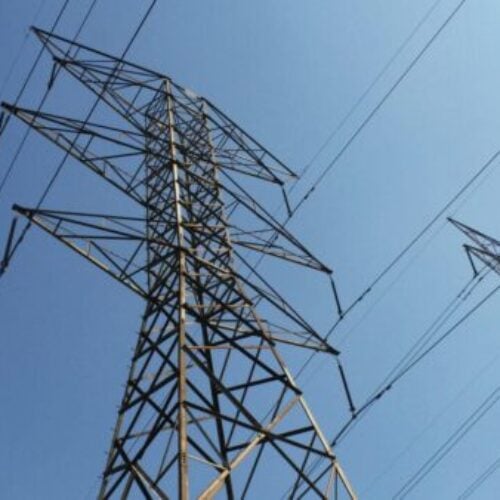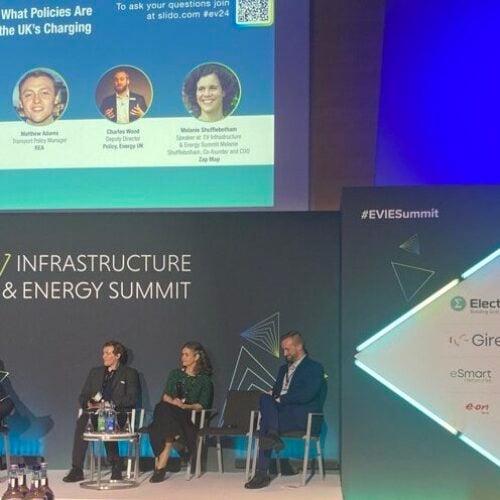Scottish and Southern Electricity Networks (SSEN) has raised the threshold for projects that require a Transmission Impact Assessment (TIA) to connect to the grid, drastically expediting the pace of connection for many projects.
Under new regulations, renewable projects generating under 200kW will not need to go through the TIA process to connect to the grid in mainland Scotland, a fourfold increase from the previous 50kW threshold.
The TIA process is a detailed assessment that examines the potential positive and negative impacts of connecting a project to the grid. Thanks to the increase in the TIA threshold, around 35 customers in mainland Scotland will be able to connect their projects to the grid without having to undertake this assessment. The total capacity of these projects is around 5.2MW.
This raising of the threshold only impacts projects in mainland Scotland – customers seeking to connect projects on Scotland’s islands will still be subject to the 50kW limit owing to network constraints.
One example of a project benefitting from the new higher threshold is a 130kW industrial generation project in Dundee. According to SSEN, this project was previously given a proposed connection date of 2031, but the newly raised threshold eliminates the need for the work associated with the TIA process, meaning the project can connect to the grid as soon as it is completed.
Speaking on the announcement of the TIA threshold increase, Josh King, managing director of Gensource and chair of Solar Energy Scotland, said: “We welcome the recent decision to reduce barriers to renewable energy generation and storage. This significant development follows ongoing dialogue between SSEN and Solar Energy Scotland (SES).
“The increase in the upper limit for renewable connections from 50kW to 200kW brings SSE’s limits in line with the rest of mainland Scotland. This move will be particularly beneficial for businesses in the North of Scotland, supporting them to decarbonise their operations and generate clean, affordable energy.
“We also welcome SSE’s commitment to keeping this limit under continuous review and look forward to ongoing collaboration between SSE and SES to remove barriers faced by industry. Such progress is essential to achieving the Scottish Government’s proposed ambition of installing 4-6GW of solar capacity by 2030.”
SSEN has recently been making significant investment into grid infrastructure, announcing a £5 million investment into grid developments in the town of Witney, Oxfordshire.
